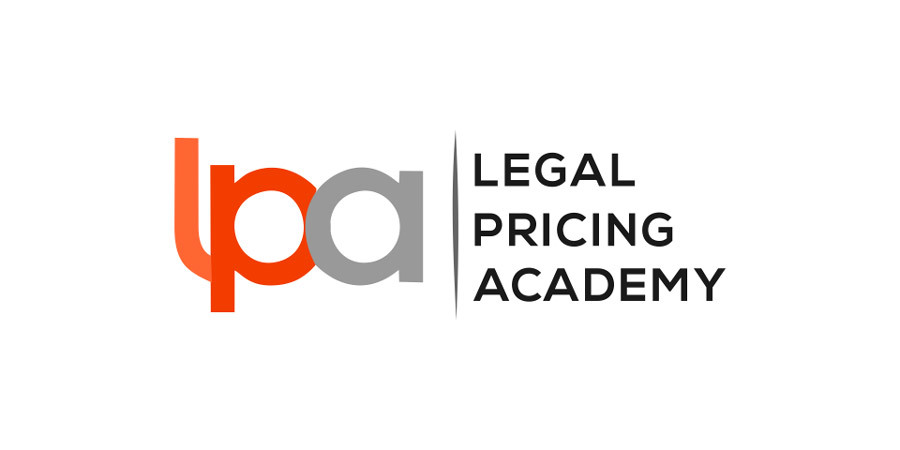The classical definition of the 4 Ps relates of course to the categories that can be controlled in the marketing of a good or service: product, price, place and promotion. The four Ps, often referred to as the marketing mix, are all constrained by internal and external factors in the overall environment.

In the professional services sector, the services offered are of course synonymous with 'product'. Having said that, there are an increasing number of legal services that have become commoditised to the extent that they could be said to have become 'products'.
However, the taxonomy is not important. What is important is that law firms have been slow to embrace many of the well-understood truisms around the marketing mix, at partner level anyway, notwithstanding the considerable efforts on the part of marketing professionals within law firms.
As part of the process of moving towards greater sophistication in executing the business of law, a deep understanding of the importance of the relationship between pricing and the other elements of the marketing mix needs to extend well beyond a handful of marketing professionals that may exist within the firm.
We will look at some of the reasons why the pricing element of the marketing mix needs a lot more attention than it has historically received in law firms.
Is it really about Price?
Global legal sector consulting firm Altman Wiel has for a number of years produced an annual report entitled Law Firms in Transition. From the pricing perspective, one of the most valuable and insightful questions in the 2014 survey was a question put to general counsel that participated in the survey;
"Excluding 'bet the company' matters, if you could select only one of the following outside counsel pricing preferences, which would you want most?"
Contrary to what most law firms would expect, the responses, in descending order of importance to the participants were; transparent pricing (36.4%), guaranteed/fixed pricing (33.7%), value-based pricing (20.3%) and lowest price (9.6%). So much for the assertion by many that it is all about price.
One of the fundamental mistakes made by many law firms around pricing is to assume that pricing in an abstract quantum sense is the primary consideration for clients. Firms continue to fail to meet client's expectations around pricing transparency, pricing certainty and price/value correlation yet continue to pull the discount lever in the belief that this will fix everything. In so doing, all they do is concede margin and often still don't address the client's basic concerns.
Pricing will always be part of the marketing mix and will always be an important factor in a client's decision-making process. However, the failure to understand either the relationship between all four elements of the marketing mix or clients' often unspoken requirements will only perpetuate firms' shortcomings around pricing.
Discounting
Discounting, often savage, was a feature of law firm survival between 2008 and 2012. The duration of the global financial crisis resulted in a fundamental change in attitude on the part of both law firms and their clients. Discounting, traditionally a short-term reaction to any adverse change in market conditions, became embedded and 'the new normal'.
What we encourage firms to do is to see those survival strategies in context. It was an essential part of the response to extraordinarily difficult market conditions. However, firms should be under no illusion that it is not a sustainable business strategy.
Most law firms are simply not designed to deliver heavily discounted volume legal services. Whilst this can be viable, it necessitates a complete reconfiguration of the service delivery model. Unless firms are prepared to do that then they need to find more intelligent ways to tackle pricing and not simply engage in a protracted discounting strategy in the belief that this will preserve and enhance market share, revenue and margins. It will not, and continuing to do so will be a recipe for financial disaster.
Now that most firms are no longer living from one month to the next in survival mode, considerably more thought is being given to strategic plans and objectives. However, we continue to find it deeply troubling that pricing often receives little or no mention in the strategic plan.
This is not only a squandered opportunity but also potentially fraught with risk. A firm's pricing philosophy, strategy and tactics send a very loud message to the marketplace. It speaks to clients, potential clients, referrers, competitors and others as to where the firm sees itself in the marketplace.
Firms have almost complete control over what that messaging is going to be. And yet, the message that is communicated to the marketplace (proactively or by default) often suffers from a number of failings. We should note at the outset that often firms do not even have a clearly understood and articulated pricing strategy. We have frequently challenged a room full of partners to outline the firm's pricing strategy in two or three sentences. Blank looks pretty much answer the question.
Even if there is a pricing strategy, there is often a lack of alignment between the pricing strategy and the firm's broader strategic objectives. This is perplexing as pricing clearly has a very important role to play in reinforcing and communicating those strategies.
Conversely, brand and pricing asymmetry can cause substantial damage in brand value, reputation and in financial terms. Put simply, if the firm positions itself towards the premium end of the spectrum but then allows individuals or practice groups to engage in pricing behaviour that is more akin to the budget end of the spectrum, that behaviour will over time inflict considerable damage on the firm.
Price As A Proxy For Quality
Perhaps the converse of the foregoing is the concept of price as a proxy for quality.
One of the intriguing aspects of pricing is that buyers are likely to use price as an indicator of both service costs and service quality. Price is simultaneously an attractive variable and a repellent. Clients' use of price as an indicator of quality depends on several factors, one of which is any other information available to them.
When service cues to quality are readily accessible, when brand names provide evidence of a firm's reputation, or when the level of advertising communicates the firm's belief in the brand, clients may prefer to use those cues instead of price.
In other situations however, such as when quality is hard to detect or define, or when quality or price varies considerably within a class of services, clients may believe that price is the best indicator of quality.
The practical implication of this is that firms need to understand that if they are positioning themselves towards the premium end of the value proposition, they can and indeed must take a more robust approach to pricing.
Pricing: Marketing Sword or Shield
Law firms that utilise both 'marketing', and 'business development' to grow their business frequently use the terms interchangeably. To set up each department, it is critical that firm leadership knows the difference between these two roles. While both marketing and business development cover similar ground and ultimately contribute to growing the law firm's business, each has different strengths and each department should have distinct responsibilities.
While more firms are beginning to understand the ability of a more sophisticated approach to pricing contributing positively to margins and profitability to say nothing of improved client relationships, considerably fewer firms appreciate that pricing innovation and sophistication can form a central plank of both marketing and business development strategies.
In a perennially cluttered market where supply exceeds demand and differentiation often comes down to little more than the quality of individual relationships and spheres of influence, pricing sophistication and innovation remains fundamentally a squandered opportunity.
This is something of a paradox as it is one of the few law firm business management levers that has the potential to simultaneously help the firm stand out from competitors, improve margins and profitability and, if executed correctly, address clients expressed desire for greater transparency, predictability and value.

